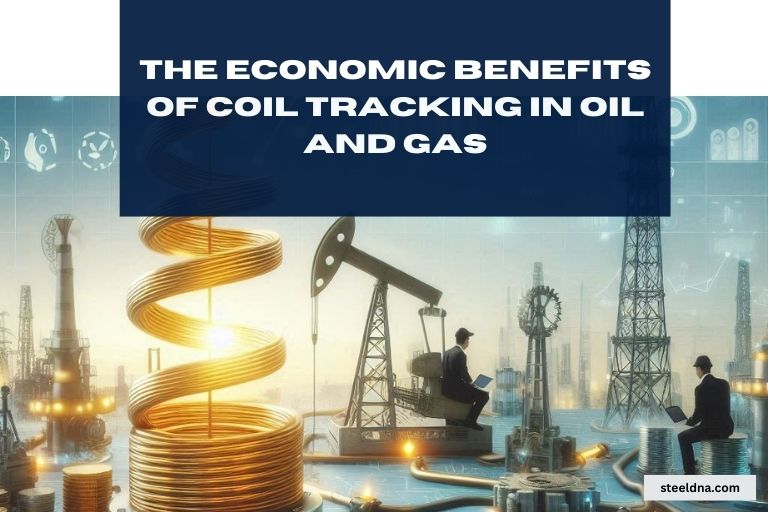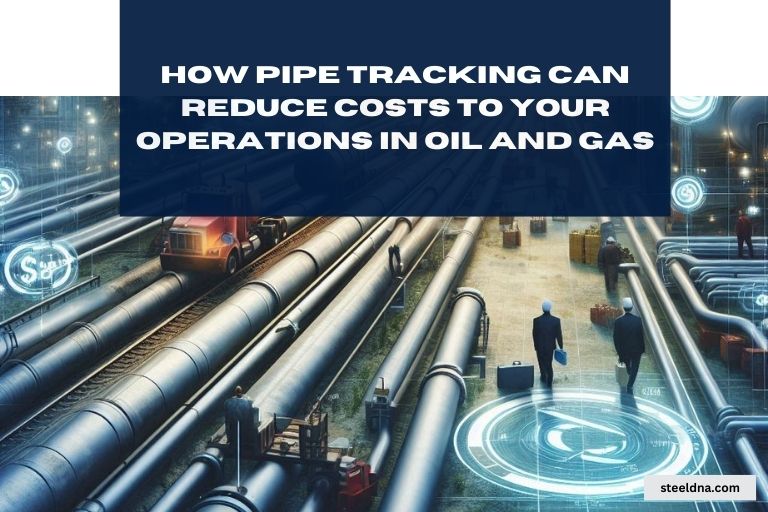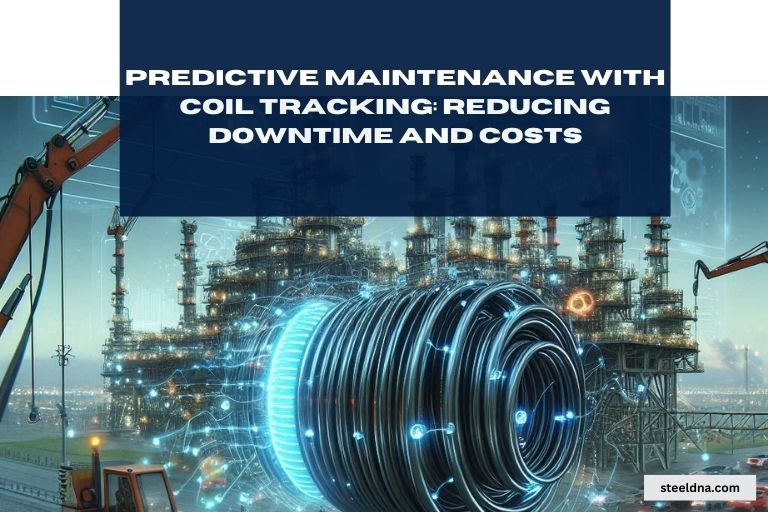Introduction to AI in Upstream O&G Operations
Artificial Intelligence (AI) has emerged as a pivotal catalyst, revolutionizing how exploration, production, and safety are approached. This blog post delves into the profound impact of AI on upstream operations, unraveling the ways in which cutting-edge technologies are not only addressing longstanding challenges but also setting the stage for unprecedented advancements in the oil and gas sector. Join us on this exploration of AI's role in reshaping the future of upstream activities, as we navigate through real-world applications, industry insights, and the compelling potential that lies ahead.
The Need for Innovation in Upstream Operations
Upstream operations encounter numerous challenges, including complex reservoir conditions, high exploration costs, and the demand for enhanced safety measures. These challenges necessitate innovative solutions to optimize processes, reduce costs, and mitigate environmental impact. The integration of cutting-edge technologies, such as artificial intelligence, emerges as a crucial factor in overcoming these hurdles and driving positive change within the industry.
AI Applications in Exploration
- Seismic Data Analysis and Interpretation- Advanced algorithms analyze vast datasets with unprecedented speed and accuracy, enabling geoscientists to identify potential hydrocarbon reservoirs more efficiently. AI enhances the interpretation of complex subsurface structures, providing a clearer understanding of geological formations. This not only expedites the exploration process but also increases the likelihood of discovering economically viable reserves.
- Predictive Modeling for Reservoir Characterization- By processing historical and real-time data, AI algorithms predict reservoir behavior, facilitating more accurate assessments of potential reserves. This predictive capability empowers decision-makers with valuable insights, aiding in optimal well placement and improved drilling strategies. Ultimately, the application of AI in reservoir characterization enhances the precision of exploration efforts, minimizing risks and maximizing resource recovery.
- Optimizing Well Placement and Drilling Through AI Algorithms- By integrating machine learning models, engineers can analyze geological and drilling data to identify the most favorable locations for wells. AI-driven systems adapt in real-time to dynamic subsurface conditions, enhancing the accuracy of well placement and optimizing drilling parameters. This not only streamlines the exploration process but also contributes to cost savings and increased operational efficiency in upstream oil and gas operations.
AI in Production Optimization
- Predictive Maintenance for Equipment Reliability- By analyzing historical and real-time data, AI algorithms can predict potential equipment failures before they occur. This proactive approach enables oil and gas companies to schedule maintenance activities strategically, minimizing downtime and reducing operational costs. AI-driven predictive maintenance not only improves the lifespan of critical assets but also contributes to the overall efficiency and productivity of upstream operations.
- Real-time Monitoring and Control of Production Processes- AI algorithms continuously analyze data from various sensors and equipment to detect anomalies or deviations from optimal conditions. In response, the system can automatically adjust production parameters, optimizing efficiency and preventing disruptions. This real-time adaptability is crucial for maintaining stable production levels, ensuring the consistent delivery of resources, and responding swiftly to changing environmental or operational factors.
- Use of AI for Reservoir Management and Production Forecasting- Machine learning algorithms analyze complex reservoir data, including geological and geophysical information, to model reservoir behavior. This enables operators to make informed decisions about extraction strategies, reservoir performance, and resource allocation. Additionally, AI-driven production forecasting enhances operational planning by providing accurate predictions of future production levels, allowing companies to optimize their supply chains and meet market demands effectively.
Improved Health, Safety, and Environment (HSE) with AI
Advanced AI algorithms analyze historical and real-time data to identify potential risks and predict safety hazards, allowing for proactive measures to be implemented. This not only enhances worker safety but also mitigates environmental impact by preventing accidents and minimizing spills. Through AI-driven HSE solutions, the industry can achieve a significant leap forward in operational safety, ensuring a secure and sustainable working environment.
Challenges and Considerations
- Data Security and Privacy Concerns- Safeguarding sensitive information from unauthorized access and ensuring compliance with regulatory frameworks becomes paramount. Companies must employ robust encryption methods, secure data storage practices, and stringent access controls to mitigate these risks. Addressing data privacy concerns requires a thoughtful and transparent approach to reassure stakeholders and build trust in the use of AI technologies.
- Ethical Considerations- As AI algorithms influence decision-making processes, there is a need to address biases and ensure fairness. Transparent and ethical AI practices are essential to prevent unintended consequences. Companies should prioritize developing AI systems that align with ethical standards, and ongoing monitoring and assessment are crucial to identify and rectify any ethical concerns that may arise during the deployment of AI technologies.
- Training and Upskilling Challenges- Challenges arise in training existing personnel and upskilling them to harness the full potential of AI applications. Companies need to invest in comprehensive training programs to ensure that employees possess the necessary expertise to operate and maintain AI systems. Addressing these training challenges is crucial for a smooth transition towards AI-driven upstream operations and maximizing the benefits of these advanced technologies.
Overcoming Barriers to AI Adoption
- Strategies for Addressing Common Challenges- Proactive measures include conducting thorough risk assessments, fostering a culture of innovation, and developing comprehensive change management plans. By identifying potential obstacles early on, organizations can tailor their AI implementation strategies to mitigate challenges and ensure a more seamless transition.
- Highlight Successful Approaches and Best Practices in AI Integration- From pilot projects that demonstrate the tangible benefits of AI applications to adopting scalable and modular AI solutions, these industry trailblazers are setting benchmarks for others. Emphasizing transparency, collaboration, and a phased implementation approach, these success stories showcase how AI can be effectively incorporated into existing workflows.
- Emphasize the Role of Collaboration and Partnerships in Overcoming Obstacles- By joining forces with technology providers, research institutions, and other stakeholders, companies can tap into a collective pool of expertise. Collaborative initiatives facilitate knowledge exchange, shared resources, and the development of industry-wide standards, fostering an environment conducive to addressing challenges and unlocking the full potential of AI in upstream oil and gas operations.
Future Trends and Developments
- Upcoming Advancements- Anticipated advancements include the integration of machine learning algorithms capable of processing vast amounts of geological and operational data in real-time, enabling more accurate reservoir predictions and drilling optimizations. Additionally, advancements in AI-driven robotics and automation are poised to revolutionize routine tasks, reducing human intervention and enhancing overall efficiency in exploration and production processes.
- Potential Impact of Continued AI Innovation- Continued advancements are expected to streamline decision-making processes, optimize resource allocation, and enhance overall operational efficiency. As AI algorithms become more sophisticated, they will contribute to improved reservoir management, predictive maintenance, and environmental monitoring. This transformative shift is not only expected to increase the industry's profitability but also foster a more sustainable and environmentally conscious approach to oil and gas exploration and production.
- Other Emerging Technologies- The integration of AI with technologies such as the Internet of Things (IoT), blockchain, and edge computing is anticipated to create a powerful ecosystem. This synergy will enable seamless data exchange, enhance security and transparency, and further automate processes. Collaborative efforts among these technologies have the potential to create a holistic and interconnected infrastructure, setting the stage for a new era of efficiency, safety, and sustainability in upstream oil and gas operations.
Conclusion
The integration of artificial intelligence into upstream oil and gas operations marks a pivotal shift in the industry's landscape. As we've explored the myriad applications, from seismic data analysis to real-time production optimization, it's evident that AI is not merely a futuristic concept but a transformative force in the present. Companies embracing AI technologies are experiencing tangible benefits, such as enhanced efficiency, improved safety measures, and optimized production outcomes.
Looking ahead, the momentum of AI innovation shows no signs of slowing down. With ongoing advancements and a commitment to overcoming challenges, the industry is poised for continued growth and resilience. The call to action is clear: stay informed, collaborate, and actively participate in the evolving narrative of AI in upstream oil and gas. By doing so, we contribute to a future where the synergy of human expertise and artificial intelligence propels the industry to new heights of success and sustainability.
Popular Articles
Expand your knowledge with these insightful blog posts.

The Economic Benefits of Coil Tracking in Oil and Gas

How Pipe Tracking Can Reduce Costs to your Operations in Oil and Gas

Predictive Maintenance with Coil Tracking: Reducing Downtime and Costs
Subscribe to our Blog
Welcome to our blog! Stay updated with the latest industry trends, tips, and insights. Subscribe now to never miss a post or contact us for collaborations and guest post opportunities.

